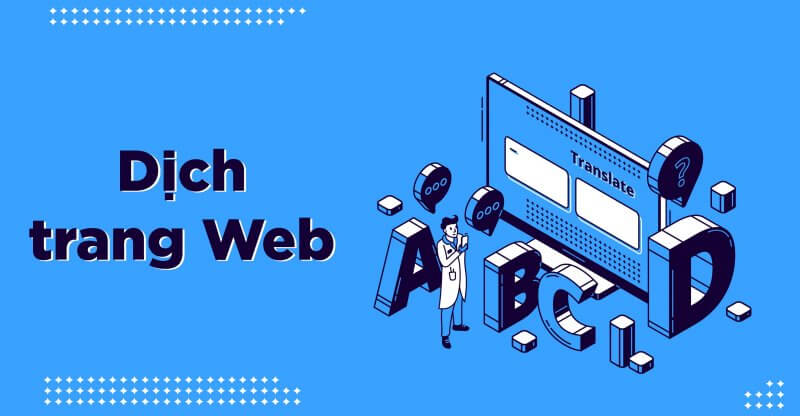Are you learning how to plan, execute and manage a successful website translation project? These seven simple steps will make a lot of difference when it comes to getting your website up and running so you can penetrate international markets and grow your business.
1. Plan, Plan and Plan
Preparation is the key to a successful website translation project. If planning fails, project performance may spiral out of control.
We cover the key points about the planning process in our September blog. Those are top tips on how to prepare for website translations, how to consider business strategies, technology and site localization, and people and stakeholder management.
A practical website translation plan will ensure that your website is ready to go global from both a technical and functional perspective. After all, what's the point in arranging translations and site localization if your site structure can't handle multiple languages and conventions or your SEO is so poor that no one can find it? see it?
Over the past 10 years, according to research from Byte Level, top global brands have doubled the number of languages they support on the site. Today they support an average of 30 languages. However, the majority of the company's websites still support less than 10 languages.
If you have not yet created a glossary and language style guide, you should and should not hesitate to ask your translation service partner for help with this. The glossary and language style guide is an invaluable resource to help translators adhere to your brand guidelines throughout the localization process.
When it comes to planning a global website template, you need to consider both the cultural and practical aspects surrounding images, colors, graphics, and source/file formats. For example, some designs may violate the culture.
For SEO optimization, keep your URL planning simple so they define:
- The main site where the content is located
- Language of the website
- Purpose of website content/location
- Content's target audience
>>> See more: Full Professional Multilingual Website Translation
2. Set Goals And Define Technical Requirements
As your plan is being worked on, you will need to choose a translation service partner that aligns with your business goals. Be clear about what you want and when. Find out if a potential partner has all the expertise you need, whether it's technical translation, language specific or critical technical support.
You will then need to define your project goals and let the translation service partner fully understand the requirements. The translation company will need answers to some of the following questions:
- Do you have a website localization strategy?
- Do you plan to add more languages in the future?
- Do you have a multilingual SEO strategy?
- Is your global content management system (CMS) ready?
They will also want to know about your resources, technology, workflow, language assets, and of course, your content.
3. Accurate Content To Translate
Conduct a content audit to find out what needs translation. Prioritize that content for localization, then figure out the best way to transfer the files to your translation agency. This can be through CMS integration, translation proxies, or traditional file transfers. We recommend discussing this with your translation partner to see what works best for both parties.
4. Project Launch
Once your project is agreed and signed off by key stakeholders, you can get started. Make sure you have the right person for the right position. Set up a team kick-off meeting to share your plan and clearly explain goals, ownership, and progress. Map out key processes, such as how the project will work, with reviewers when they have questions. Brand and style guide cover.
>>> See more: How to Choose a Translation Language for the Website
5. Website Translation And Localization
Make sure the translation company has everything they need to successfully translate your website. They will want all the relevant files, content, references, and detailed instructions on what is required.
When you get to some point in reading, you'll know that a successful website translation is more than just a simple translation. It also requires localization. For the best localization, translators are using a sophisticated translation memory system (TMS) to assist humans in the process.
6. Quality Check
To make sure you get quality translations, you need to set up a review process to log out. Although thorough, make sure the process is as simple as possible, to avoid risking project progress and market commitments. You should establish this process at the planning stage and share it at the kick-off meeting.
>>> See more: The Secret To Translate Websites Quickly
7. Getting Started and Problems After that
Once the translations have been published and the site is live, you should still need a translation service partner to rearrange the content. This means updating and archiving files so that they – or yourself – can easily update website content and prepare for your next localization project.
For a free consultation on your website translation project, call 01225 580 770. We are here to help if you have any questions.

Nguyen Trung Khang - Talented interpreter and translator, passionate about translation
Nguyen Trung Khang is a talented interpreter and translator, with many years of experience in the field of translation and linguistics. He graduated from Ho Chi Minh City University of Education, majoring in Linguistics in 2015.
After graduating, Mr. Khang participated in a professional interpretation and interpretation training course at the University of Foreign Languages - Hanoi National University. He achieved a high-level certificate in interpreting and interpreting, and was also awarded a master's degree in linguistics.


